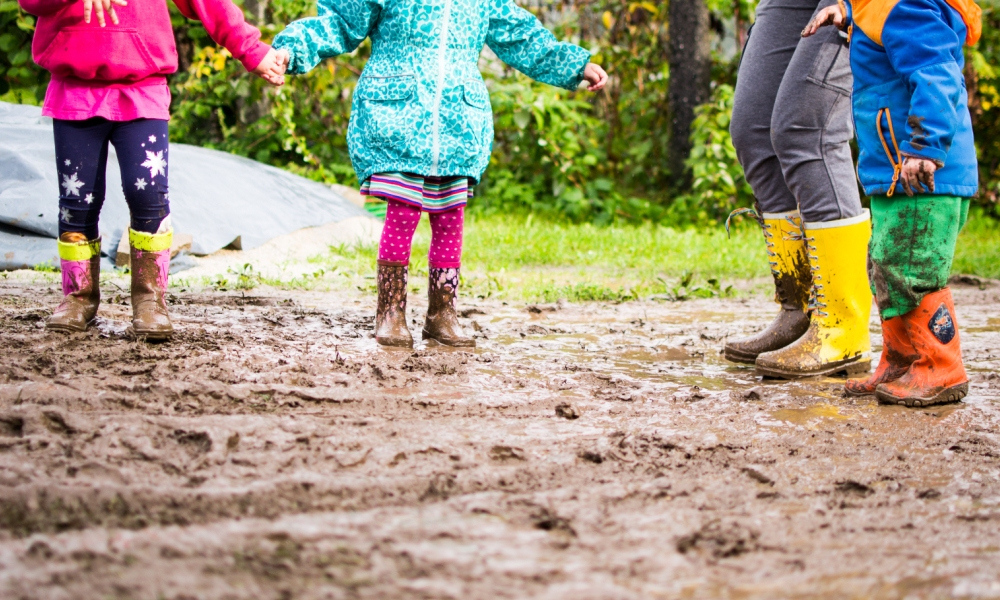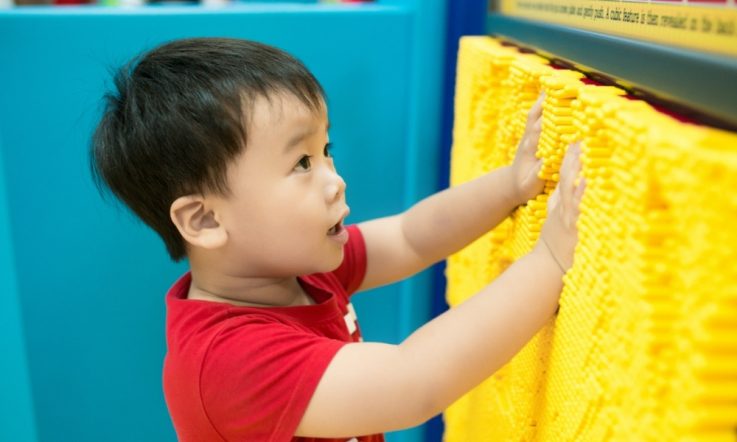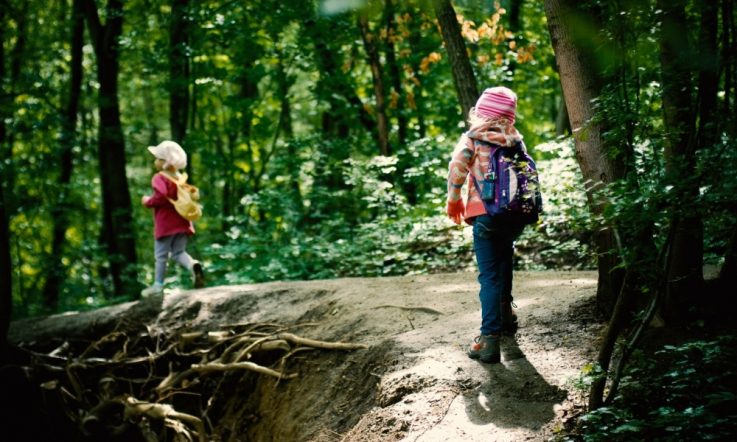Last term Teacher shared details of the latest Australian Early Development Census (AEDC). In the first of two follow-up articles looking at how individual schools have responded to local data, Editor Jo Earp speaks to Canberra Principal Anne Simpson.
School leaders and educators are using data from the Australian Early Development Census (AEDC) to identify the needs of young students so that they can better prepare them for future learning.
In the case of Chapman Primary School, in the Weston Creek area of Canberra, that has meant a focus on physical health and wellbeing – one of five domains covered in the census. It measures children in their first full year of full-time school and assesses whether they're developmentally 'on track', 'at risk' or 'vulnerable'.
According to 2012 AEDC data, 12.7 per cent of Weston Creek's children were developmentally vulnerable in the physical health and wellbeing domain, compared with the national average of 9.3 per cent. In Chapman (the most affluent suburb in Weston Creek) the gap was even wider, with 15.4 per cent of children developmentally vulnerable in that domain.
Teachers had noticed that many children starting school were having difficulties with gross motor skills, for example crawling and reaching for objects. Looking after personal belongings and doing things for themselves, like getting dressed, were also issues for some children.
‘As a result of [the 2012 data] we actually had the AEDC leader in Canberra come and talk to our School Board and present some information,' Principal Anne Simpson tells Teacher. The Board decided to support a specific fundamental motor skills program.
'… we have lots of other opportunities for children to participate in gross motor activities and fine motor activities but [the teachers then worked to create] a specific fundamental motor skills program that caters for kids from K-2,' Simpson explains.
'We set up our hall on a Wednesday and the activities are planned according to the developmental capabilities of the children and the classes then rotate through it; and, we have little groups for kids that might need some extra hand-eye coordination or some ball throwing skills. So, we really target children that are showing that they have a need for those kinds of skills development.'
Simpson and her colleagues also wanted to focus on student resilience and give them additional opportunities to play outdoors while continuing to build fine and gross motor skills. After researching information on forest schools in England, Chapman Primary set up a Bush Kids program for Kindergarten students.
'Rain, hail or shine, every Wednesday our children went up into the bush for a term. It involved the science curriculum as well, so children were engaging with nature ... at the same time they were sliding down dirt hills, climbing rocks, running up and down gulleys, building, constructing, exploring, playing, and having an amazing time.'
The program also developed personal responsibility; children had to look after their own backpacks, learn to go to the toilet before they set off, and make sure they were appropriately dressed. 'I think it was a term where on a Wednesday it rained every week – it actually snowed on one of the Wednesdays,' Simpson recalls. 'They had to endure a variety of conditions, terrains and environments, they had to problem solve and critical think, and they had to be organised – they had to develop skills in organisation, planning, responsibility and ownership of choices.'
Engaging parents is one of the school's strategic priorities and an important aspect of the Bush Kids program. 'Every week parents were rostered on to come and help, and we had a parent workshop to start with.' Following positive feedback the school is now offering similar opportunities into Year 1.
The latest AEDC data for Chapman Primary, released earlier this year, show big improvements in the physical health and wellbeing domain – 93.3 per cent of children are on track, compared with 84 per cent in the last census and 79 per cent in the 2009 AEDC collection.
‘We're very pleased with those results,' Simpson says. 'We believe that the focus that we've had has improved our children's readiness for school and their physical independence and their ability to have good gross motor and fine motor skills.'
She adds that the AEDC data is only one snapshot, staff also use PIPS (Performance Indicators in Primary Schools) data and daily formative assessments to inform teaching practice and learning needs. This year Chapman Primary also became a Kids Matter school to offer additional social emotional learning support to students.
Visit the Australian Early Child Development Census website to find out more about the domains and 2015 results.
How are you using student data to inform teaching and learning?
As a classroom practitioner or school leader, how are you engaging with parents and families?
Are student intervention and support programs linked to your school's strategic priorities?



